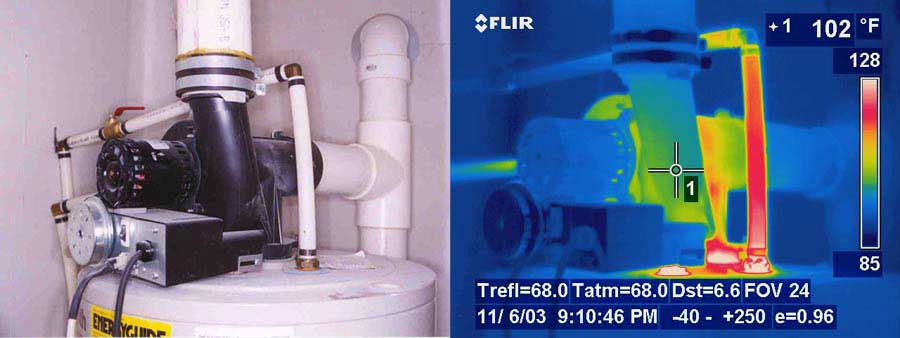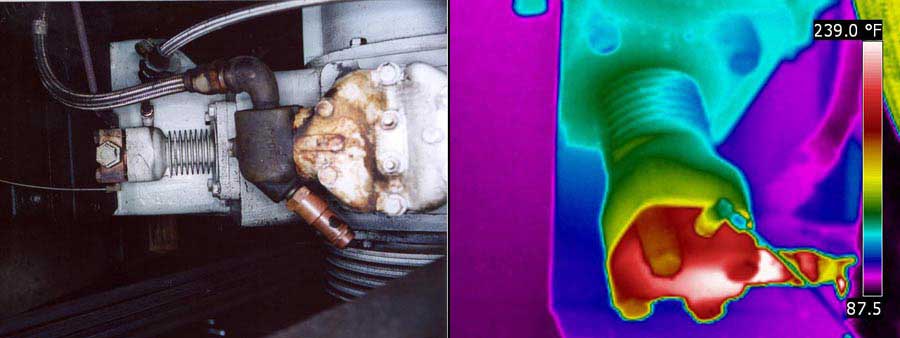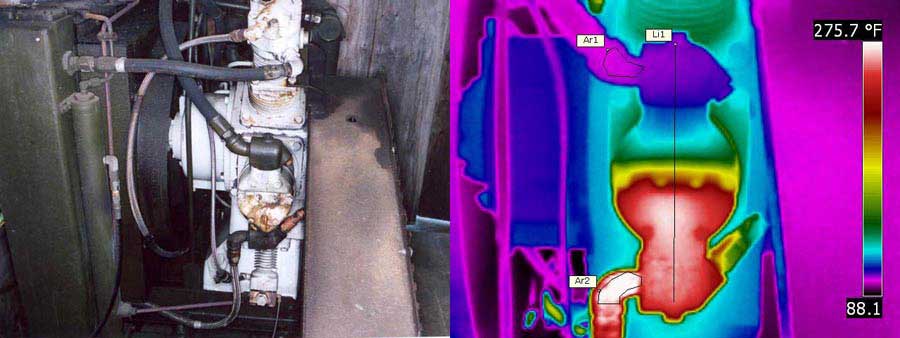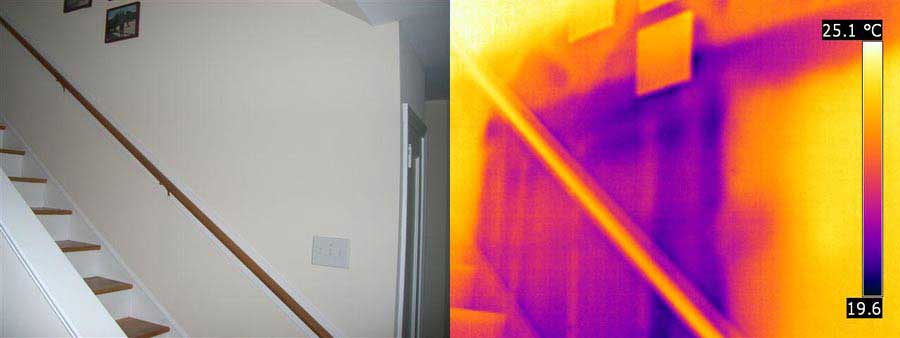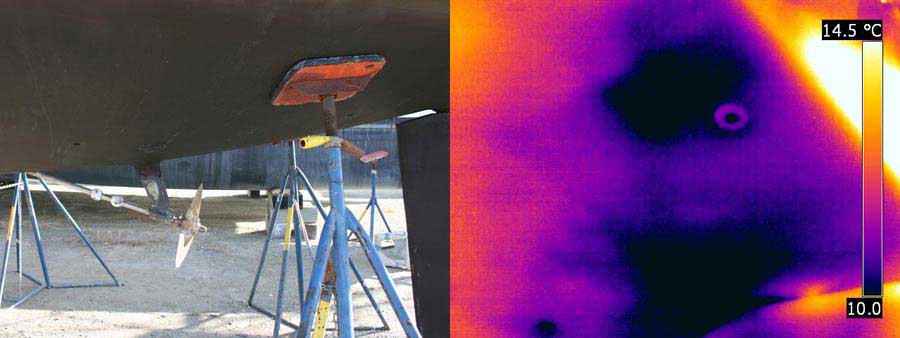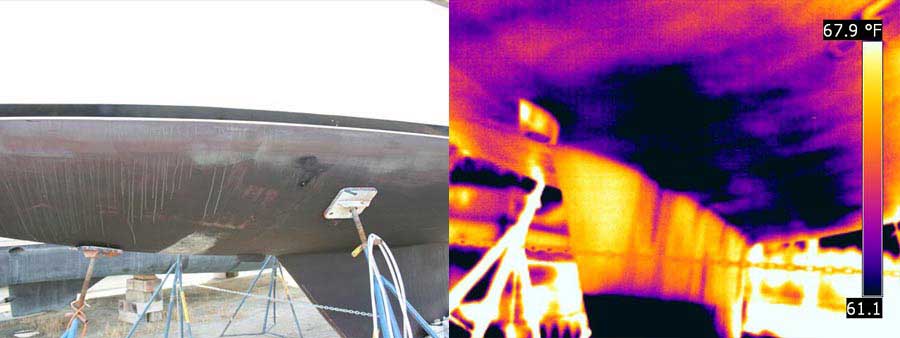IR & Diagnostic Services
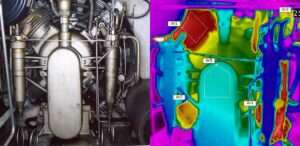 The principal engineer, Stephen E. Stone P.E., has completed level III training as an Infrared Thermographer, with more than 22 years’ experience in diagnostic and quantitative radiometric thermography. Specific diagnostic applications include trending and diagnostics of mechanical equipment, identification of moisture retention and material defects in marine vessel fiberglass hulls, assessment of structure moisture and water damage, and assessment of building envelope performance in accordance with North Carolina 2012 Energy Conservation Code requirements. Specific quantitative radiometric measurement applications include integration of thermography with supporting instrumentation, as necessary, to obtain accurate surface temperature measurements and establish thermal operating characteristics in support of product liability and defect investigation testing and analysis. Mr. Stone has collected and analyzed several thousand infrared radiometric images spanning a diverse range of applications, and would welcome the opportunity to discuss the best approach for your specific application.
The principal engineer, Stephen E. Stone P.E., has completed level III training as an Infrared Thermographer, with more than 22 years’ experience in diagnostic and quantitative radiometric thermography. Specific diagnostic applications include trending and diagnostics of mechanical equipment, identification of moisture retention and material defects in marine vessel fiberglass hulls, assessment of structure moisture and water damage, and assessment of building envelope performance in accordance with North Carolina 2012 Energy Conservation Code requirements. Specific quantitative radiometric measurement applications include integration of thermography with supporting instrumentation, as necessary, to obtain accurate surface temperature measurements and establish thermal operating characteristics in support of product liability and defect investigation testing and analysis. Mr. Stone has collected and analyzed several thousand infrared radiometric images spanning a diverse range of applications, and would welcome the opportunity to discuss the best approach for your specific application.
Significant advances in infrared camera system capabilities have made it relatively easy for virtually anyone to obtain an image and “measure” a temperature. However, the validity of the analysis and interpretation of the image and radiometric data obtained is dependent upon the operator’s practical working knowledge of heat transfer theory, recognition of the specific heat transfer mechanisms in effect, thermal radiative properties of the materials involved, and specific design and operating characteristics of the imaged subject. Subsequently, the availability of low-cost user-friendly systems has resulted in a significant rise in misapplications and erroneous interpretation of images and radiometric data obtained due to inexperienced or poorly trained operators. Stone Engineering Incorporated can provide an independent third-party assessment of your images and results to confirm the validity of application, image interpretation and identify specific limitations of radiometric data obtained to prevent misapplication or misinterpretation from impacting your project.
The U.S. Department of Energy estimates that “air infiltration can account for 30 percent or more of a home’s heating and cooling costs and contribute to problems with moisture, noise, dust and the entry of pollutants, insects and rodents. Reducing infiltration can significantly cut annual heating and cooling costs, improve building durability, and create a healthier indoor environment.”1 Stone Engineering Incorporated utilizes infrared thermography integrated with a calibrated blower door system to evaluate building envelope performance consistent with North Carolina 2012 Energy Conservation Code requirements to provide unbiased professional diagnosis and recommendations to allow clients to identify and prioritize weatherization improvement opportunities and repairs. Contact us today to chat about our diagnostic services.
IR & Diagnostic
Industrial Applications
Marine Hull Inspection
Building Performance
Testing & Analysis
Structure Water Damage
Loss Claims Support
